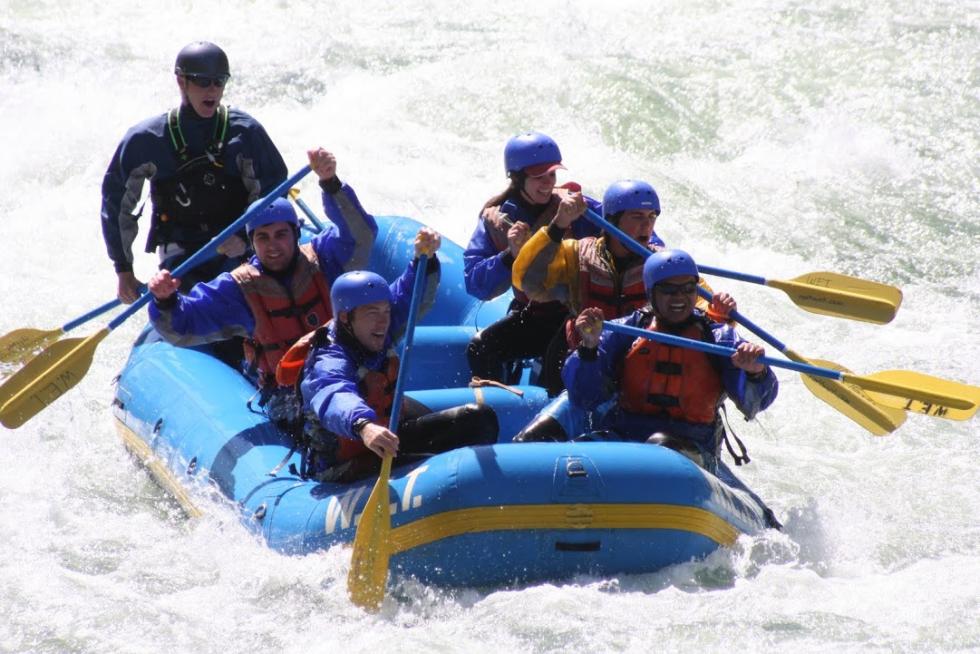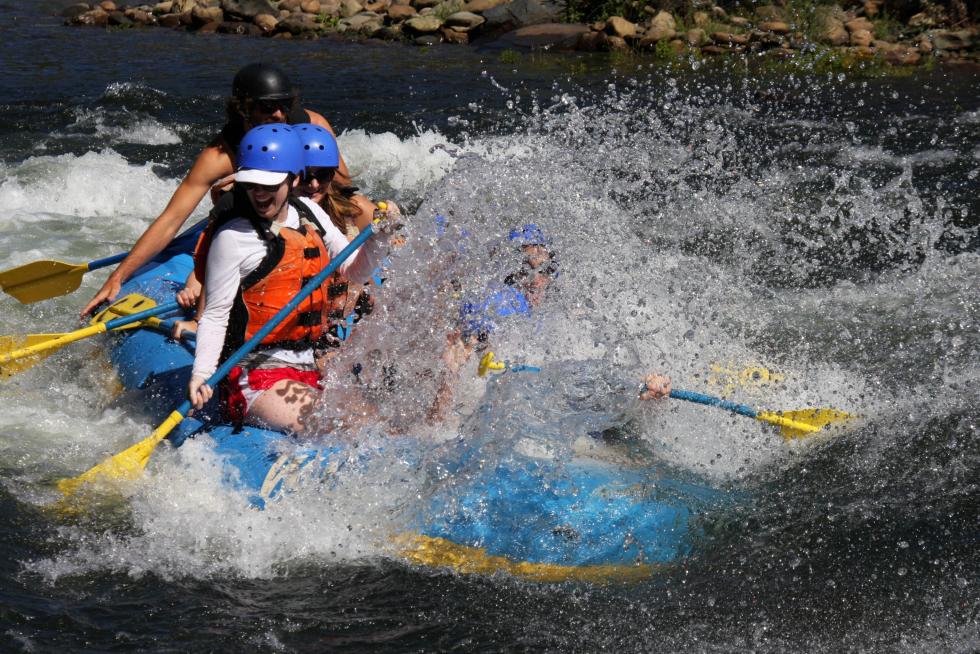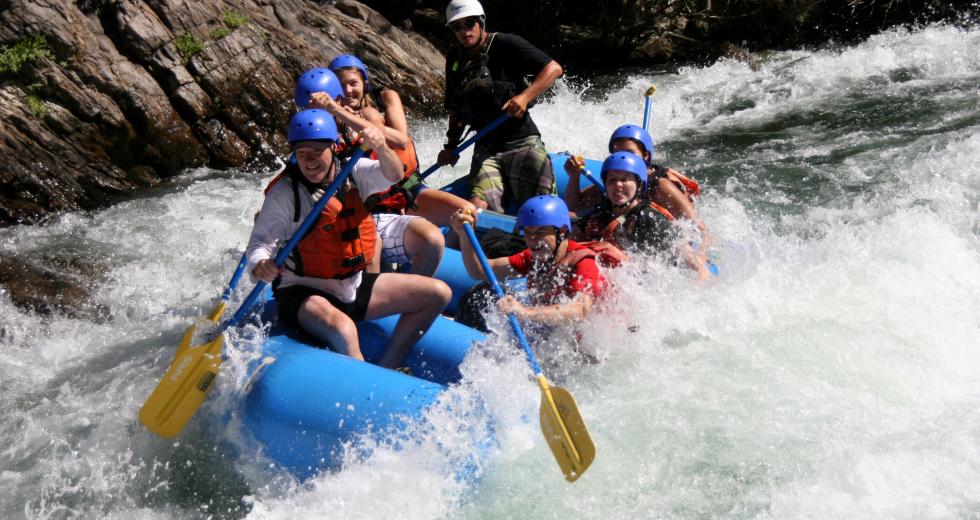Nick Wimsett wakes at 6 a.m., brews coffee, grabs a first aid kit, gathers rafting paddles and applies sunscreen. This is a typical day in his 11th year guiding guests down the South Fork of the American River in the Coloma-Lotus Valley.
Wimsett, a New Zealander, was drawn to the tourism destination because of what he describes as some of the best white water in the world. Like many guides in the region, he has worked internationally, including in Africa, South America, Canada and Central America.
“With all the international options available, there is nowhere I would rather work than Coloma,” says Wimsett, a guide with W.E.T. River Trips. “This river offers some of the most exciting and beautiful rafting and kayaking in the world.”
Many residents of the Capital Region are familiar with Coloma for its role in the gold discovery that ignited California’s Gold Rush. Today, the industries supporting the area provide a modern tourism jackpot. The regional population experiences an accordion effect — growing during peak summer season then returning to smaller numbers when the weather cools.
Whitewater rafters enjoy the American River near Coloma. (Photo
courtesy Sierra Nevada Photos )

Today, “125,000 visitors per year recreate on the South Fork of the American River in the Coloma-Lotus region,” says Howard Penn, president of the American River Recreation Association. “The majority come during the peak tourism season, which runs from Memorial Day until Labor Day.”
Liz Carr, with the Coloma-Lotus Chamber of Commerce says that the region grows from 1,500 permanent residents to a population of 2,500 during this high tourism period. “These seasonal workers include river guides, restaurant servers, hotel staff and store clerks, and jobs in industries that support tourism, such as contractors, photographers and gas station attendants,” Carr says.
The economic impact of the whitewater industry to El Dorado County is $25 million a year, and 27 river-guiding outfitters operate in the region, Penn says.
Related: When Going Outside is Good for Business
In the whitewater-rafting world, Coloma is an attractive destination for guides. The class 3 rapids run all season and are family-friendly, meaning outfitters can safely offer guided rafting for children as young as 7 years old up to seniors in their 80s. The South Fork of the American River is damn-fed, creating some stability in water levels, which was beneficial during the drought as outfitters could still count on a reliable flow.
Peak tourism season for El Dorado County lasts from Memorial Day
until Labor Day. (Photo courtesy Sierra Nevada Photos )

This has been a particularly wet year, bringing both advantages and disadvantages. The Department of Water Resources states the average annual rainfall in the Northern Sierra Nevada is 50 inches — this year has so far topped 90 inches, the wettest on record since 1921.
On the plus side, the river’s season will likely run a little past Labor Day allowing outfitters to have more licensed days to run the river. But the disadvantage is twofold. First, other rivers that may not typically be raftable are flowing, which provides more competition along this portion of the river. The second problem is one of perception: Extensive media coverage has focused on river risk this year as a result of high water levels and fast flows.
“We advised people to wait until the water had dropped to a safe level, which it has done,” says Noah Triplett, river recreation supervisor for El Dorado County Parks and Recreation. “Risks are mitigated when you go with professionally-trained guides who have taken proper training classes and have years of experience.”
According to Penn, professional guides are up to the challenge. The average professional guide in the area has more than 10 years of experience, he says.
As the summer starts to wind down, multiple economic indicators will determine whether the tourism season was successful — like it was last year. “In 2016, river use and tourism were the highest in a decade,” Triplett says. “Gas prices were low, and employment was high. People were happy to drive from other parts of California and had the disposable income for recreation.”
Bill Center owns Camp Lotus, a 25-acre campground in Lotus with event facilities that feature a mile of riverfront. During the slow season, he employs between three and five staff members. During the high season that number can climb to 15.
The tourism draw of the Coloma-Lotus Valley includes many offerings beyond whitewater rafting, such as wineries, hiking trails, paragliding, a growing food scene, mountain biking, state parks and established camping facilities.
The attraction of the river has long been an international destination for guides, but more recently the allure has grown to global recreation tourists. In 2017, the Coloma Lotus Chamber of Commerce website was accessed in more than 80 countries.
“When I walk through the campground, I hear languages from all around the world,” Center says. “We draw many international tourists who want to see California beyond the big urban areas.”



